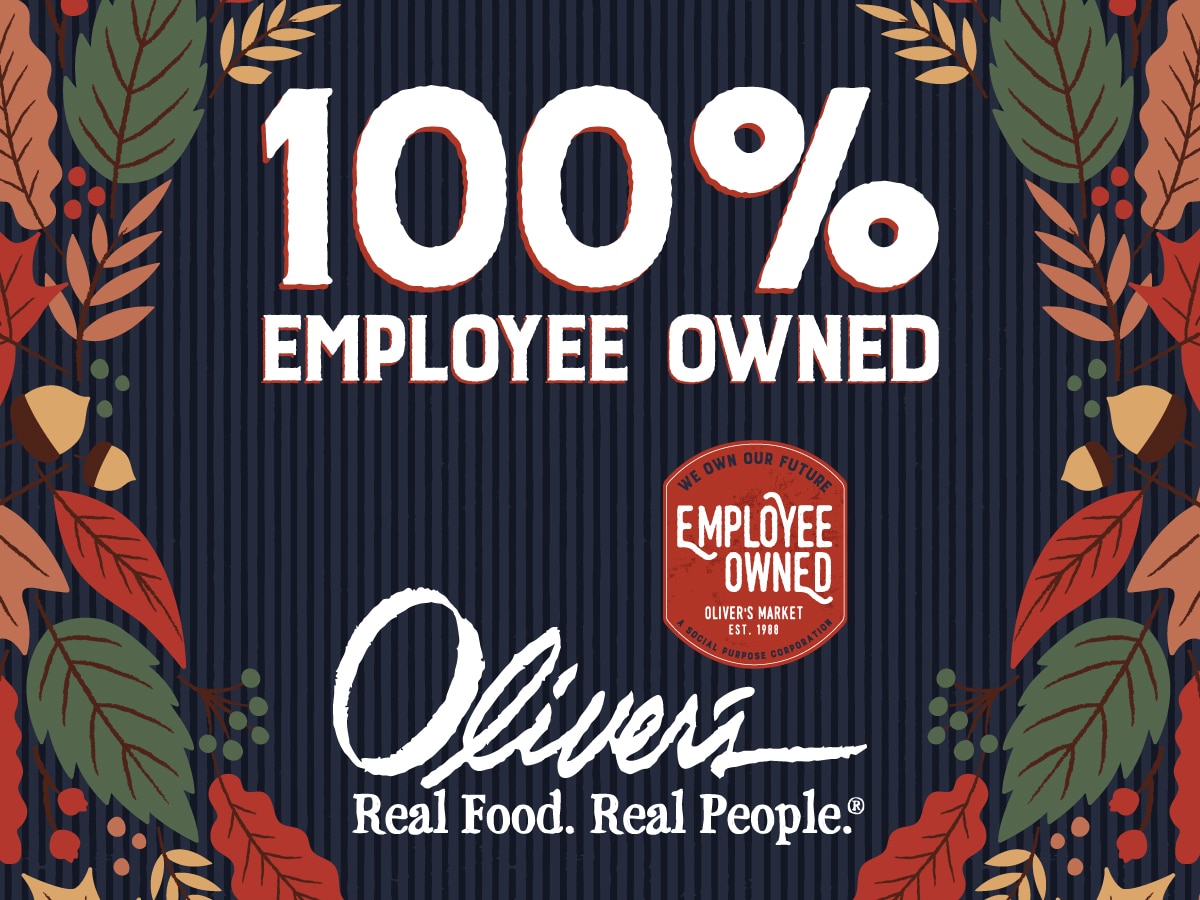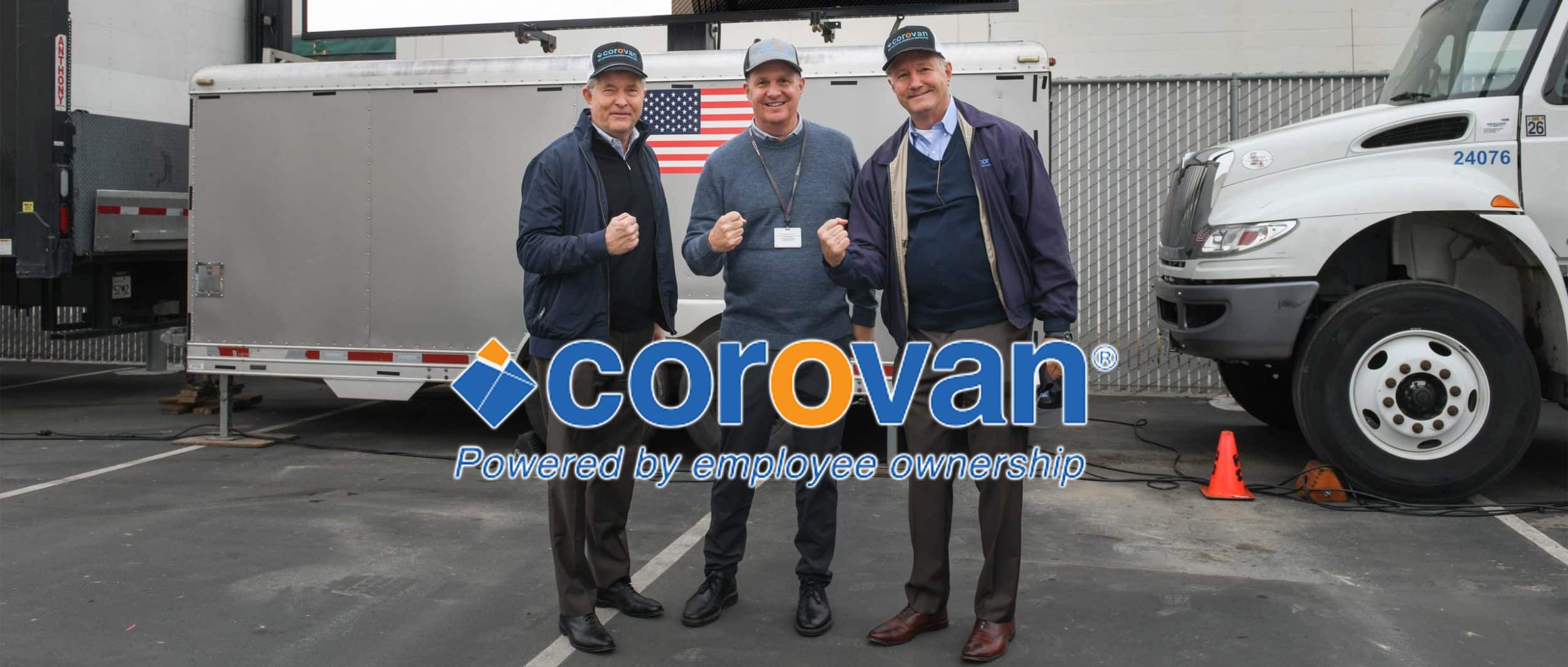USING ESOPS TO IMPROVE EMPLOYEE PRODUCTIVITY
You’ve read about them—companies that seem to have found the key to success in an unstable business environment:
- “Sales Jump 312% as Employees Learn Rules of the Game” at Springfield Remanufacturing Corporation in Missouri. Management Accounting.
- Inc. magazine awards its Entrepreneur of the Year award to all 240 owner-employees of the Connecticut firm Reflexite, Inc. Out of 2,700 private companies evaluated, 4 of the 5 finalists had substantial employee ownership. Inc.
- “Improving Productivity Earns Dalton Foundries Senate Award”–“The Warsaw, Indiana foundry was presented the United States Senate’s highest honor, its Productivity Award…[Employees] bet their jobs and retirements on the ESOP and knew they had a lot to lose if the buyout failed.” Modern Casting.
- The National Center for Employee Ownership contrasted private companies before and after installing an Employee Stock Ownership Plan: 73% “significantly improved their performance.” Harvard Business Review.
Even if you don’t subscribe to Modern Casting, it’s hard to overlook results like these. Over 11,000 of America’s most successful companies are currently using Employee Stock Ownership Plans to increase productivity and profitability, to grow the company, and to cash out shareholders tax-free.
The increasing popularity of ESOPs as a business tool stems from their flexibility. How the program will be applied by managers and understood by the employees depends almost completely on the choices of current shareholders. Owners can legitimately utilize ESOP-based productivity enhancement programs whenever they’re concerned about any one of the four Ss: Success, Survival, Satisfaction, or Succession.
In most well-managed American companies the last significant opportunity for increasing profitability lies in enhancing employee productivity.
All successful managers know that low-cost producers have a competitive edge. Cost control is a never-ending task. By and large, however, mature industries confront external cost structures which are not readily altered by any individual company. Prices, on the other hand, are governed
by competition. This tight combination of external factors seems to leave the average company little maneuvering room for increasing overall profitability.
Success
One great opportunity retains its potential. Unlike most other components of the profit equation, the productivity rate is an internal resource which can be developed or neglected at the discretion of management. A company that increases its productivity rate enjoys a continuing cost
advantage which competitors can hardly overcome. Higher profits follow increased productivity, and higher stock values follow higher profits.
Relatively small changes in the productivity rate can have a huge impact on profits. Assume, for example, a company with $10 million of annual revenues and pre-tax profits of $400,000, If the company can decrease its internal expenses by a mere 2% of sales ($200,000) while maintaining gross revenues, the company’s profits grow by 50%. And since the value of a company is generally a direct multiple of profits, a stable 50% hike in profits usually translates into a 50% increase in shareholder value.
Click here to download the full ESOPS & Employee Productivity Booklet in pdf format








